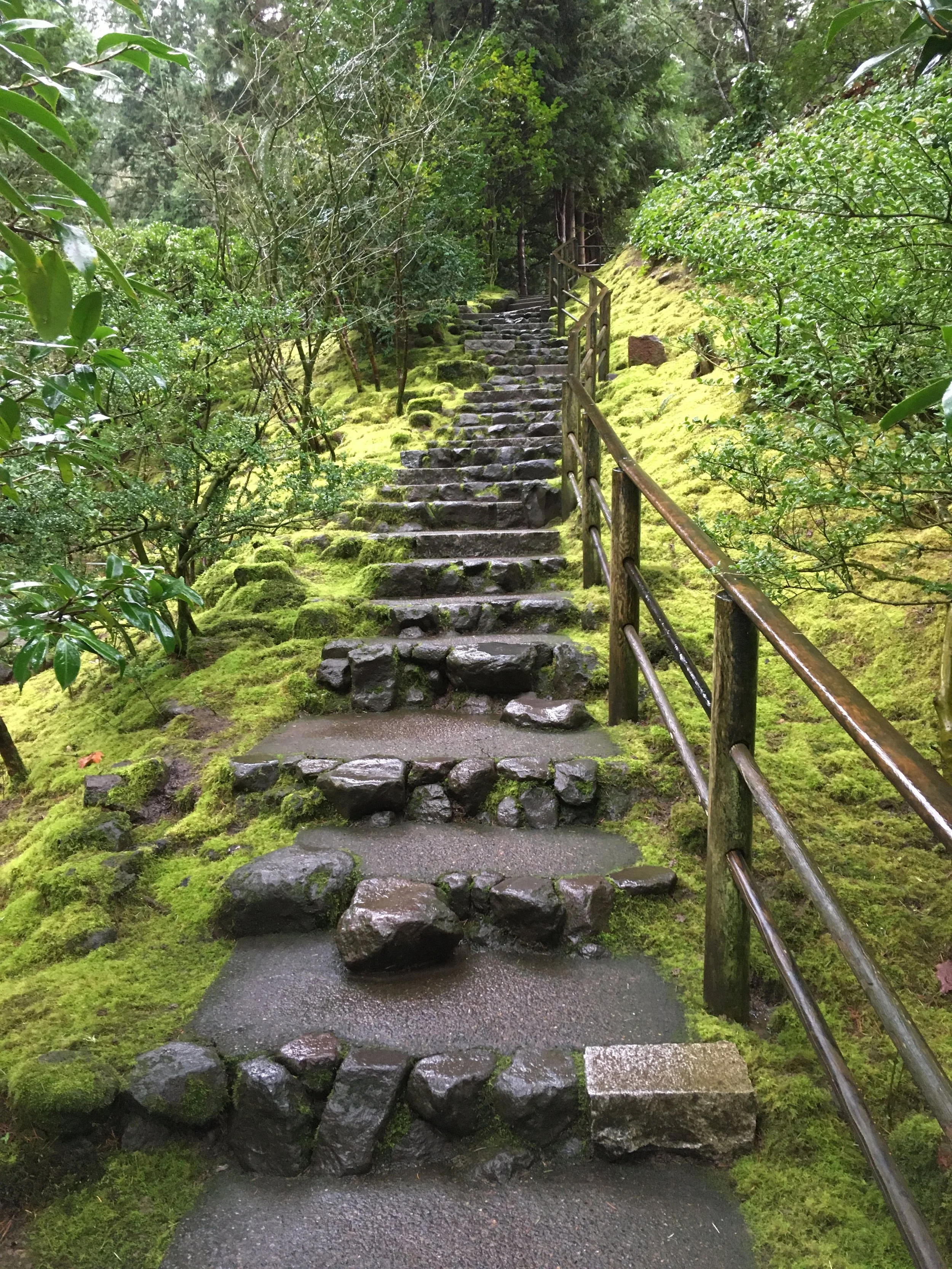Richard Collins, Abbot of Stone Nest and the New Orleans Zen Temple
QUESTION: I am wondering if you would be willing to offer some commentary on the Eightfold Path from a Soto perspective. Or maybe you can direct me to some foundational interpretations, possibly from others in the Deshimaru lineage?
ANSWER: I won’t speak broadly about the Soto perspective, nor for the Deshimaru lineage in general, but I can give you my own point of view informed by these traditions. I would refer you, first of all, to Dainin Katagiri's Buddhist Lay Ordination Lectures. While he does not deal there specifically with the Eightfold Path, what he says about the precepts might give you a sense of how I would answer your question. Taking the precepts (or the Eightfold Path) as literal or prescriptive is not helpful; if it were, one might as well go back to the comfort of the Ten Commandments and settle there. The Eightfold Path is not so narrow, at least not in Zen practice: it is an abstraction, a map with many possibilities, not an itinerary; it gives us recommendations, not commandments.
What I have in the last several years added to our Ordination Ceremony about taking the precepts is based on these Katagiri lectures (which Robert Livingston always assigned to new bodhisattvas to study before ordination, and I continue to do so). What is the opposite of "right" practice? (Or any of the other dimensions of the path?) The opposite of right practice is not wrong practice; it is literal practice, it is shallow practice. The opposite of wrong or literal practice would be subtle practice, nuanced practice, profound practice, realized practice, that addresses the reality of the present moment or situation, not some prescriptive dogma that tries to cover all situations.
Another way to think about this might be contained in the “repentance” part of our Ordination Ceremony. When we “repent” during ordination we do so absolutely, formlessly. What does this mean? It means that we are not repenting for anything in particular that we have done in the past because we are embracing our karma in total even as we cut it and drop it. Repenting about some particular action reinforces the separation between subject and object. Instead, we repent absolutely not only for past actions but for past inaction, for present actions and inaction, and for future actions and inaction. Formless or absolute repentance is exactly the quality of our zazen: no object and therefore no subject; no subject and therefore no object. No separation. Not repentance, in other words, in what we might think of in the Christian or Jewish sense, but “repentance in suchness.”
So you can see that in Zen practice a simple interpretation (or execution) of the Eightfold Path is not possible. What is Right Livelihood, for example? Does it mean we can't work in a bar? Does it mean we can't butcher meat? Such simple-minded approaches reduce the path to an either/or proposition, a narrow road bordered by steep cliffs on one side and bottomless abysses on the other, like Scylla and Charybdis. Any narrow-minded interpretation of the guidelines provided by the Eightfold Path reduces the journey to mere obedience to mere abstractions.
Zazen helps us to avoid the narrowness of dogma, opening up the possibilities of practice rather than closing them off. Some people want the precepts and the Eightfold Path to tell them what to do, to discipline them, but these guidelines, like the precepts, actually liberate us. They are not, indeed, instructions to be followed; they are, rather, what occur naturally, automatically, and spontaneously if we are harmonizing with our own path in the cosmos. They ensue.
We could also say this another way. The eight folds of the path need not be taken simultaneously. That is, if we can wholly dedicate ourselves to take just one of these seriously, we are on the right path, the path of right practice, which can only be our own unique practice. More importantly, one turn of the eightfold path naturally leads into another. There are three categories of the eight folds: ethical conduct (sila), spiritual/mental discipline (samadhi), and wisdom practice (pranja). Each is inextricably linked to the others, like some benevolent maze. If we practice Right Intention, for example, we are naturally bound eventually to come to practice Right Action, and so on.
You might remember the exchange between Bodhidharma and his four disciples when he asked for their understanding. The first three made their replies, and Bodhidharma said to them in turn, “You have my skin, you have my flesh, you have my bones.” But when Huike replied with a silent bow, Bodhidharma said, “you have my marrow.” All three had understanding, but Huike’s was the one that was formless, absolute, like Katagiri’s repentance in suchness
All Buddhist sects and all Zen lineages tend to emphasize one dimension of the Eightfold Path over another, morality over discipline, mindfulness over livelihood, etc. In the Deshimaru lineage, we emphasize Right Concentration, which could be seen as the last, or culminating, part of the path (if we take them sequentially or hierarchically). But Right Concentration can also be seen as the first, the doorway, “the dharma gate of bliss and ease,” as Dogen described zazen.
This is where we begin on the path, with zazen; it is also where we end. As Deshimaru instructed his European disciples when he left them for the last time, “Just do zazen, eternellement.”
Portland Japanese Garden, Oregon. Photo by R. Collins, 2020
